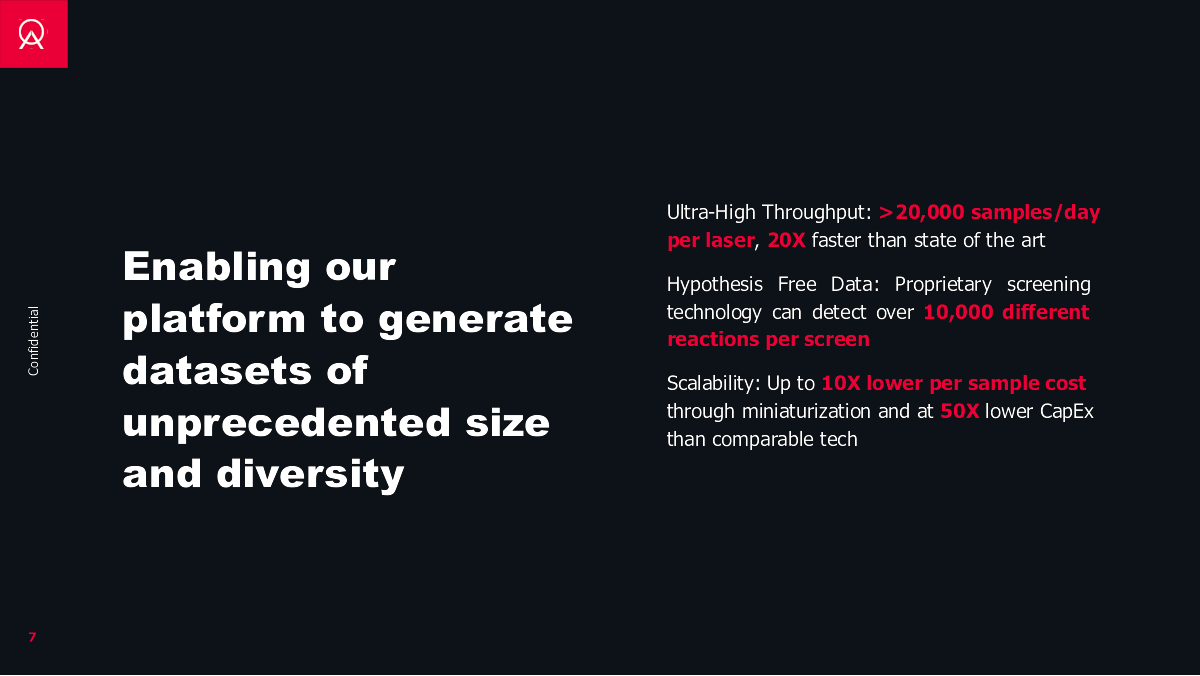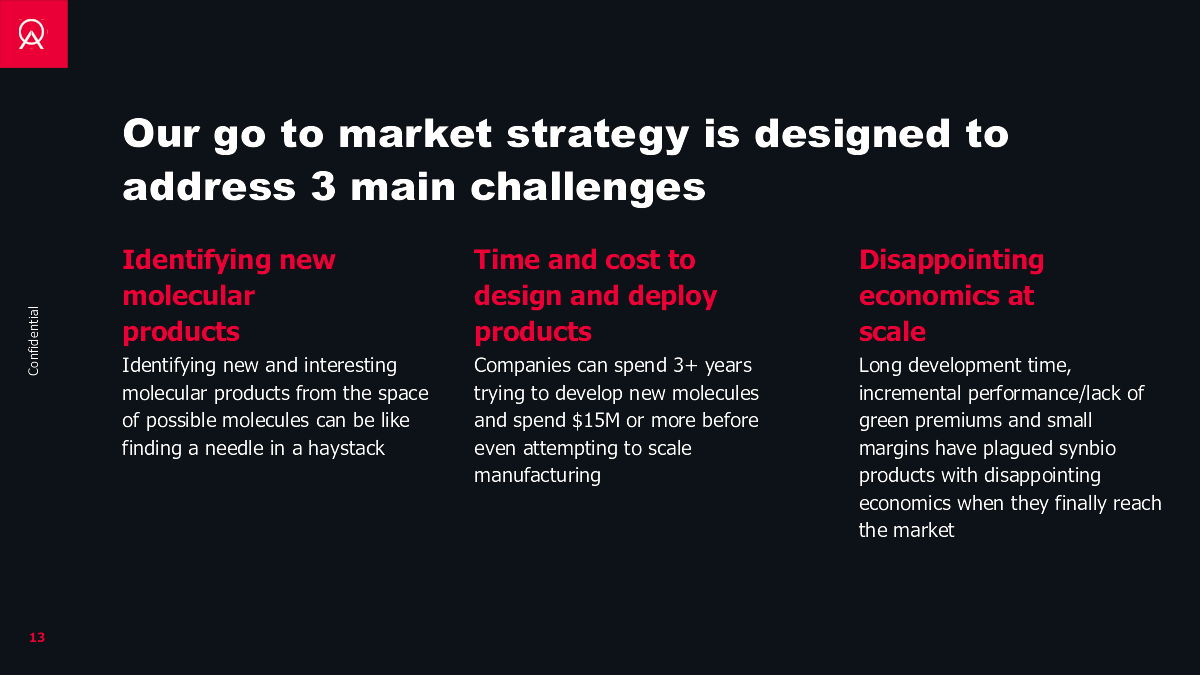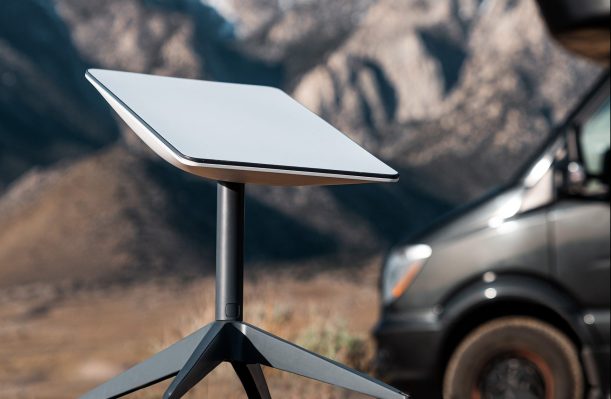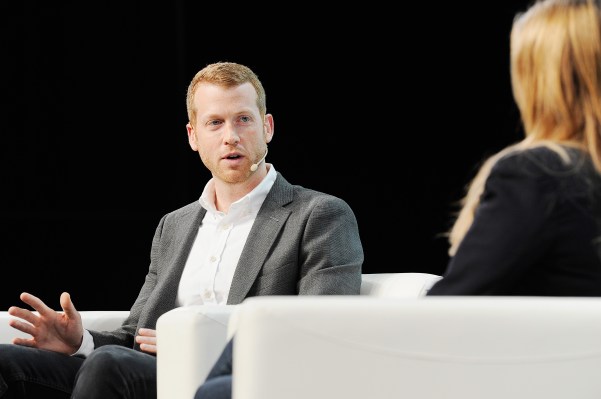Pitch Deck Teardown: Aether’s $49M Series A deck
Aether’s pitch deck is a real head-scratcher. The company says that it raised almost $50 million to “extract lithium from previously inaccessible reserves.” That makes sense: Lithium is a valuable, hard-to-get resource that is being used by the bucketload in batteries and other electronics. But, the pitch deck relegates this use case (which is the smallest opportunity in the deck) almost to footnote status.
It makes for some really interesting reading and storytelling, so let’s dive in and see if we can spot what happened and how.
We’re looking for more unique pitch decks to tear down, so if you want to submit your own, here’s how you can do that.
Slides in this deck
- Cover slide
- Mission statement slide
- Vision slide
- Solution slide 1
- Solution slide 2
- Product slide
- Value proposition slide
- Potential use cases slide
- Technology challenges slide
- Competitive advantage slide
- Traction slide
- Results slide
- Go-to-market strategy slide
- Technology advantage slide
- Scaling slide
- Target markets slide
- Product lines overview slide
- Product line 1 slide
- Product line 2 slide
- Product line 3 slide
- Summary slide
- Ask and use of funds slide
- Thank you slide
Three things to love
I’ll be honest here: I don’t really understand what the company does. Perhaps I’m just not deep tech enough to fully appreciate how biotech works. On the other hand, I’m firmly of the opinion that if you can’t explain your business to a five-year-old, there’s something wrong with your storytelling.
Still, Aether did get a few things right.
A bold setup
Straight out of the gate on slide 2, the company plants the seed for a huge vision:

[Slide 2] Setting up a bold vision for the future. Image Credits: Aether Bio
If there’s anything you could put on a slide to catch my attention, this would be pretty high on the list. Yes, I do want to imagine that future. There’s a risk here, of course: Is the company going to be able to fulfill the promise it makes?
Hella competitive advantages
I caveat this by saying that I don’t really know what the existing technologies are, and if I were looking at this deal more closely, I’d have to talk to a bunch of industry experts to see how these types of data sets are currently generated. On face value, however, this slide is impressive:

[Slide 7] If true, I wouldn’t want to be Aether’s competitors. Image Credits: Aether Bio
Any company that can genuinely show it is 20x faster and 1/10th of the price per sample, and 1/50th of the initial investment of existing technology is flashing a huge, neon “disrupting the industry” sign alongside its pitch. Again, I’d want to verify the claims, but this will absolutely capture my attention.
Addressing the challenges head-on
The little I do know about companies in this space is that there are tremendous challenges involved with bringing synthetic bioproducts to market. It’s refreshing to see Aether address some of those challenges head on.

[Slide 13] ‘yeah, we know this is hard, but here’s how we are mitigating the issues. Image Credits: Aether Bio
From this slide, you can learn how to tackle some of the reasons VCs may have been burned in the past in this space, and explain how you are different.
This is similar to how companies building in the medtech microfluidics space put a “Here is how we are different from Theranos” in an appendix slide. It’s tongue-in-cheek, but you know the question is going to come up so you may as well be prepared for it. Elegantly done!
In the rest of this teardown, we’ll take a look at three things Aether could have improved or done differently, along with its full pitch deck!




